Home>Articles>How To Arrange Furniture In Living Room With Fireplace
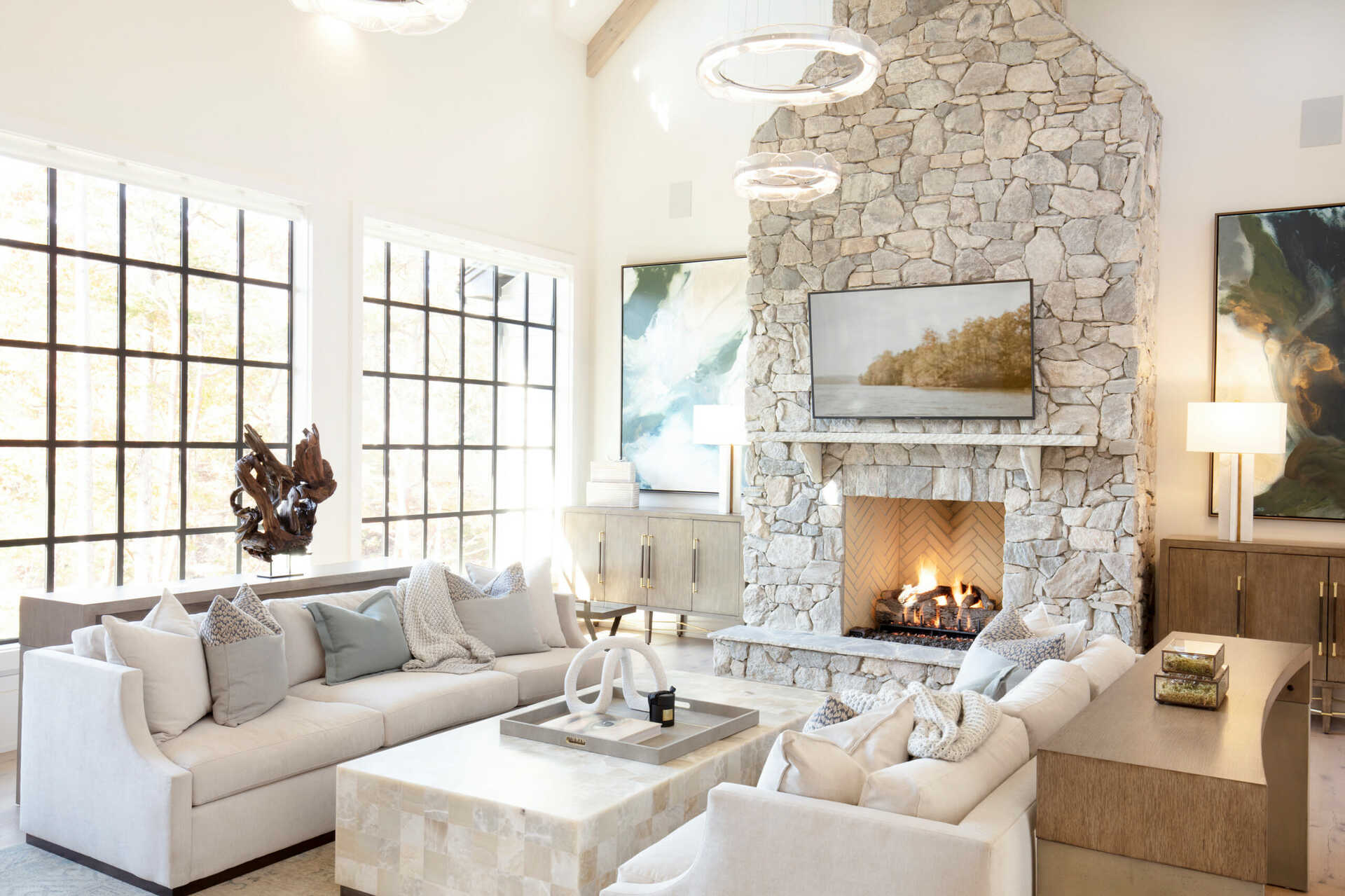

Articles
How To Arrange Furniture In Living Room With Fireplace
Modified: May 6, 2024
Learn how to arrange furniture in your living room with a fireplace for a cozy and functional space. Read our articles for expert tips and inspiration.
(Many of the links in this article redirect to a specific reviewed product. Your purchase of these products through affiliate links helps to generate commission for Storables.com, at no extra cost. Learn more)
Introduction
Welcome to the world of interior design! One of the most fundamental aspects of creating a functional and visually appealing living room is arranging the furniture. And when you have a fireplace as the focal point, it adds an extra layer of complexity to the process. So, how do you arrange furniture in a living room with a fireplace?
In this article, we will guide you through the process of arranging furniture in a way that maximizes functionality and enhances the aesthetic appeal of your living room. We will explore various layout options, discuss the positioning of key furniture pieces, and offer tips for creating a cozy and inviting atmosphere around your fireplace.
Whether you have a traditional wood-burning fireplace or a modern electric one, careful furniture placement can make your living room feel warm and inviting, while still maintaining a functional space for daily activities.
So, let’s dive in and discover how to arrange furniture in a living room with a fireplace!
Key Takeaways:
- When arranging furniture in a living room with a fireplace, consider the fireplace as the focal point and position the main seating to face it. Determine the layout based on the room shape and create a balanced arrangement that allows for comfortable movement and clear views.
- Utilize rugs to define different areas within the room and add texture and warmth. Choose rugs that complement the overall design and ensure they are properly scaled to the space.
Read more: How To Arrange Furniture In Living Room
Consider the Fireplace as the Focal Point
When arranging furniture in a living room with a fireplace, it’s essential to consider the fireplace as the focal point of the room. This means that all other furniture and accessories should be arranged in a way that enhances and highlights the fireplace, rather than competing with it.
Start by assessing the size, shape, and style of your fireplace. Is it a grand, floor-to-ceiling stone fireplace, or a smaller, more modern one? This will help you determine the scale and placement of furniture around it.
Next, think about the function of the fireplace. Is it primarily decorative, or does it provide heat as well? If it’s functional, make sure not to obstruct the airflow or venting system when positioning your furniture.
Once you have a clear understanding of the fireplace as the focal point, you can begin arranging the rest of the furniture in the room to complement it. Remember, the goal is to create a balanced and harmonious space that draws attention to the fireplace while maintaining functionality.
Consider placing the largest furniture piece, such as a sofa or sectional, facing the fireplace. This arrangement not only highlights the fireplace but also allows for comfortable seating and easy viewing of the fire.
If you have a large living room, you can create multiple seating areas around the fireplace. For example, you can position a pair of armchairs or a loveseat perpendicular to the fireplace, creating a cozy nook for intimate conversations or reading by the fire.
Alternatively, if space is limited, you can have the sofa placed parallel to the fireplace, with a coffee table in between. This arrangement allows for easy flow and conversation while still maintaining a clear view of the fireplace.
Remember to leave enough space between the furniture and the fireplace. Aim for at least 3 feet of clearance to prevent the heat from affecting the upholstery or wood furniture.
To further enhance the fireplace as the focal point, consider adding some decorative elements around it. This could include a mantel with artwork or a mirror above, decorative candles or vases, or even built-in shelving on either side of the fireplace for displaying books or other cherished items.
By considering the fireplace as the focal point of the room and arranging the furniture in a way that complements it, you can create a visually pleasing and functional living room that will be the heart of your home.
Determine the Layout Based on the Room Shape
When arranging furniture in a living room with a fireplace, it’s important to take into consideration the shape of the room. The layout of furniture will vary depending on whether your living room is square, rectangular, or has an irregular shape. By understanding the room shape, you can make the most of the available space and create a harmonious layout.
In a square room, you have the advantage of symmetry. One popular arrangement is to place the sofa directly across from the fireplace, with two armchairs positioned opposite each other perpendicular to the fireplace. This creates a cozy conversational area that encourages interaction and relaxation. You can place a coffee table in the center, completing the seating arrangement.
For rectangular rooms, you will need to consider the length and width proportions. If the room is longer than it is wide, you can position the sofa along one of the longer walls, facing the fireplace. Place two armchairs perpendicular to the sofa, creating a seating arrangement that encourages conversation. If the room is quite spacious, you can even add additional seating, such as a loveseat or an ottoman.
If the rectangular room is wider than it is long, you can place the sofa perpendicular to the fireplace, with two armchairs flanking it on either side. This arrangement creates a balanced and visually appealing layout that highlights the fireplace as the focal point.
Irregularly shaped rooms can offer unique challenges when it comes to furniture placement. In these cases, it’s important to identify any architectural features or focal points in the room, such as windows or built-in bookshelves, and consider how the fireplace fits into the overall layout.
In irregularly shaped rooms, you may need to get creative with furniture placement. Consider floating furniture away from walls and create distinct zones within the space. For example, you could position the sofa and chairs to face the fireplace, while placing a desk or a console table along one wall to create a separate workspace or display area.
Remember to leave sufficient space for traffic flow and allow for easy movement around the room. Avoid blocking doorways or windows with furniture, and leave enough space between furniture pieces for comfortable navigation.
By determining the layout based on the room shape, you can create a furniture arrangement that optimizes the available space and enhances the overall flow and functionality of your living room.
Positioning the Sofa and Chairs
The positioning of the sofa and chairs in a living room with a fireplace is crucial for creating a comfortable and inviting seating arrangement. By strategically placing these key furniture pieces, you can maximize the functionality of the space and create a cozy atmosphere around the fireplace.
Start by placing the sofa facing the fireplace. This allows for easy viewing and enjoyment of the fire while also creating a sense of symmetry and balance in the room. Make sure to leave enough space behind the sofa to allow for easy movement and access to other areas of the room.
If your room is large enough, consider floating the sofa away from the walls. This creates a more intimate and engaging seating area. You can place a console table or a sofa table behind the sofa to add visual interest and provide a surface for lamps or decorative items.
Next, position the chairs in a way that complements the sofa and fireplace. If you have a pair of matching chairs, you can place them on either side of the fireplace, creating a symmetrical arrangement. This not only adds balance to the room but also creates a cozy and inviting seating area.
If you have additional chairs or seating options, you can place them strategically around the room to provide extra seating and create a versatile and functional space. For example, you can position a small accent chair or a recliner near a window to create a cozy reading nook that still allows for a view of the fireplace.
Consider the scale and proportion of the furniture when positioning the sofa and chairs. Ensure that the furniture is proportionate to the size of the room and the fireplace. Make sure there is enough space between the furniture pieces to allow for comfortable movement and conversation.
Another important factor to consider is the flow of natural light and the view from the windows. Position the chairs in a way that takes advantage of natural light and offers scenic views, while still allowing for a clear view of the fireplace.
Don’t be afraid to experiment with different configurations and angles. You might find that angling the chairs slightly towards the fireplace or creating an L-shaped seating arrangement with the sofa and chairs adds visual interest and encourages conversation.
Remember to periodically assess the furniture placement and adjust as needed to accommodate changes in the room or to refresh the space. By carefully positioning the sofa and chairs, you can create a welcoming and comfortable seating area that is centered around the warmth and coziness of the fireplace.
Arranging Additional Seating
In a living room with a fireplace, it’s essential to have additional seating options to accommodate guests and create a versatile and functional space. Whether you’re hosting a gathering or simply want to provide more seating options for everyday use, arranging additional seating is key to maximizing the comfort and usability of your living room.
One popular option for additional seating is to incorporate a loveseat or a settee. These smaller-scale sofas can fit perfectly in smaller living rooms or as an addition to the main seating area. Place the loveseat perpendicular to the fireplace, creating a cozy nook for two people to relax and enjoy the warmth of the fire. Enhance the seating arrangement with a coffee table or an ottoman in between for convenience and comfort.
If you have a larger living room, consider adding accent chairs to the space. Place them strategically around the room to provide extra seating options while maintaining a balanced and visually pleasing layout. You can position an accent chair at an angle near a window or off to the side of the fireplace to create a separate seating area that adds depth and interest to the room.
Another creative way to arrange additional seating is by using ottomans or poufs. These versatile pieces of furniture can serve as extra seating or function as a footrest or even a coffee table when topped with a tray. Arrange them around the room, near the fireplace, or next to accent chairs for a flexible and casual seating arrangement.
If you have a large living room and want to create multiple seating areas, consider incorporating a sectional sofa. Sectionals offer ample space for lounging and can be arranged to create distinct zones within the room. Position the sectional facing the fireplace or perpendicular to it, depending on the shape and size of your space. This arrangement not only provides comfortable seating but also adds a modern and stylish touch to your living room.
Remember to leave enough space between the additional seating and the fireplace to ensure proper airflow and access. You want to create a cozy and inviting atmosphere while still maintaining safety and functionality.
Don’t be afraid to mix and match different seating options to add visual interest and personality to your living room. Combine different styles of chairs, loveseats, and sofas to create a unique and eclectic seating arrangement. Use colors and patterns that complement the overall design of the room to tie everything together.
Ultimately, arranging additional seating in a living room with a fireplace is about finding the right balance between comfort, functionality, and aesthetics. By considering the size of the room, the style of the furniture, and the flow of the space, you can create a seating arrangement that caters to your needs and allows for enjoyable gatherings and relaxing evenings by the fire.
Read more: How To Arrange Living Room Furniture With Tv
Creating a Conversation Area
A conversation area is a crucial element of any living room, as it encourages interaction and relaxation among guests and family members. When arranging furniture in a living room with a fireplace, creating a designated conversation area enhances the functionality and sociability of the space.
Start by positioning the main seating, such as the sofa and chairs, to face each other. This arrangement fosters easy conversation and creates a sense of intimacy. Make sure the furniture is placed at a comfortable distance from each other, allowing for relaxed conversation without feeling crowded.
If you have a large living room, you can create multiple conversation areas by incorporating additional seating. Place two armchairs or a small loveseat perpendicular to the main seating area, forming a cozy and intimate space for smaller conversations.
Consider the placement of accent chairs as well. Position them near the main seating area or next to a side table, creating pockets where individuals can sit and engage in one-on-one conversations. These smaller seating arrangements help to create a more dynamic and inclusive environment.
Another way to create a conversation area is by using furniture arrangement to define zones within the living room. Arrange a grouping of chairs and a coffee table near the fireplace, creating a cozy space for conversation and relaxation. Use a rug or an area of flooring to visually distinguish this conversation area from the rest of the room.
Don’t forget to consider the traffic flow in the room when creating a conversation area. Ensure that there is sufficient space for people to move freely between furniture pieces without obstructing the natural flow of movement. This allows for easy access to the seating area and contributes to the overall comfort of the room.
Lighting plays a crucial role in creating a welcoming atmosphere in the conversation area. Take advantage of natural light by positioning seating near windows. Use lamps or sconces to provide ambient and task lighting, creating a cozy and inviting ambiance in the evening.
Lastly, remember to incorporate side tables or console tables near the seating area. These surfaces provide a convenient place to rest drinks or snacks, and can also be used to display decorative items or personal touches.
By thoughtfully arranging furniture to create a conversation area, you encourage engagement and social interaction in your living room. Whether it’s a lively discussion among friends or a quiet conversation with a loved one, a well-designed conversation area around your fireplace enhances the warmth and comfort of your living space.
When arranging furniture in a living room with a fireplace, start by placing the largest piece of furniture opposite the fireplace to create a focal point. Then, arrange the rest of the furniture around it to create a cozy and functional seating area.
Choosing the Right Coffee Table
A coffee table is not only a functional piece of furniture but also a design element that can enhance the overall aesthetic of your living room. When arranging furniture in a living room with a fireplace, choosing the right coffee table is essential to create a harmonious and cohesive space.
Consider the scale and size of your living room when selecting a coffee table. It should be proportionate to the size of the seating arrangement and the space available. A coffee table that is too large or too small can disrupt the balance of the room.
If you have a larger living room with ample seating, opt for a larger coffee table that can accommodate drinks, snacks, and decorative items. A rectangular or square-shaped coffee table can work well in this scenario, providing a functional surface for multiple seating areas.
For smaller living rooms or more compact seating arrangements, a smaller and round coffee table can be a better choice. It provides a functional yet unobtrusive centerpiece for the seating area and allows for easy movement around the room.
Consider the style and material of the coffee table to complement the overall design of the room. If your living room has a more traditional or classic ambiance, a wooden coffee table with intricate detailing can add a touch of sophistication. For a modern or contemporary living room, a sleek and minimalist glass or metal coffee table can create a visually striking focal point.
Don’t be afraid to mix textures and materials when selecting a coffee table. Consider pairing a wood and metal combination for a rustic-industrial look or incorporating a mirrored or acrylic coffee table to add a touch of glamour and lightness to the space.
When arranging a coffee table in a living room with a fireplace, it’s important to consider the flow and accessibility around the furniture. Ensure that there is enough space between the coffee table and the seating for comfortable movement. Aim for at least 16 to 18 inches of space between the edge of the coffee table and the seating.
If you have a large seating area, you may consider using multiple coffee tables instead of just one. This can be a creative way to add versatility and functionality to the space. Place them in a group or scatter them at varying heights and sizes for visual interest.
Lastly, consider the practicality of the coffee table. Opt for a table with storage options, such as drawers or shelves, to keep the living room tidy and organized. And if you have young children or pets, consider round coffee tables without sharp edges for safety.
Remember, the coffee table should complement the seating arrangement and enhance the overall design of the living room. By choosing the right coffee table, you can create a stylish and functional centerpiece that ties the room together and provides a perfect spot for gathering around the fireplace.
Placement of Media Console or TV
In today’s modern living rooms, a media console or a TV is often an integral part of the space. When arranging furniture in a living room with a fireplace, finding the right placement for the media console or TV is crucial for creating a functional and visually appealing entertainment area.
If you choose to have a media console, consider placing it directly across from the seating area and parallel to the fireplace. This placement allows for easy viewing of the TV while still maintaining a balanced layout. Make sure to leave enough space between the media console and the seating for comfortable viewing distance.
If you prefer to mount the TV on the wall above the fireplace, position the media console nearby, either to the side or directly underneath the TV. This arrangement creates a centralized entertainment area and allows for easy access to media devices and storage for DVDs, game consoles, or other electronics.
When placing the media console or TV, consider the height and positioning for optimal viewing. The center of the screen should be at eye level when seated to avoid straining the neck. Adjust the height of the TV or media console accordingly, keeping in mind the comfort of the viewers.
If you have a larger living room or want to create multiple seating areas, consider using a swivel mount for the TV. This allows the TV to be easily viewed from different angles and can cater to both the seating area and the fireplace area. A swivel mount provides flexibility and ensures that everyone in the room has a comfortable view.
Ensure that the media console or TV placement does not obstruct the view of the fireplace, as the fireplace is often the focal point of the room. Arrange the furniture and TV in a way that allows for a clear line of sight to the fireplace, creating a harmonious and balanced visual flow.
Take into account the wiring and cable management when positioning the media console or TV. Ensure that there are nearby outlets or access to electrical connections for powering the TV and connecting other devices. Consider using cable management solutions, such as cable raceways or cord covers, to keep the wires organized and hidden from view.
Lastly, consider the overall aesthetics of the media console or TV area. Choose a media console that complements the style of the room, whether it’s sleek and modern or rustic and traditional. Additionally, consider incorporating decorative elements, such as artwork or plants, around the media area to add visual interest and create a cohesive design.
By thoughtfully placing the media console or TV, you can create a functional and visually appealing entertainment area that complements the fireplace and enhances the overall ambiance of your living room.
Adding Accent Chairs and Side Tables
Accent chairs and side tables are fantastic additions to a living room with a fireplace, as they provide extra seating and surfaces for convenience and style. When arranging furniture in this type of living room, incorporating accent chairs and side tables can elevate the overall design and functionality of the space.
Start by selecting accent chairs that complement the style and color scheme of your living room. Consider the scale of the chairs in relation to the other furniture pieces in the room. If you have a larger seating area, choose accent chairs that are substantial enough to make a visual impact without overpowering the space. For smaller living rooms, opt for smaller-scale accent chairs that don’t overwhelm the room.
Position the accent chairs strategically to create balance and symmetry in the room. Place them near the fireplace or adjacent to the main seating area to provide additional seating options. If you have a large living room, consider placing the accent chairs at an angle, which adds visual interest and creates a sense of depth in the space.
Incorporate side tables alongside the accent chairs to add functionality and style. Side tables provide a surface for placing drinks, books, or decorative items, making the seating area more convenient and comfortable. When selecting side tables, choose designs that complement the overall aesthetic of the room. Match the style, finish, or material of the side tables with the existing furniture to create a cohesive and harmonious look.
Consider the size and proportion of the side tables in relation to the chairs and the seating area. The side tables should be of a height that is compatible with the seating, allowing easy access to items on the table. Ensure that there is enough space between the chairs, side tables, and other furniture pieces to facilitate movement and create a visually appealing arrangement.
If you have a smaller living room, consider using nesting tables or smaller-scale side tables that can be easily moved or tucked away when not in use. This way, you can maximize the space and still have functional surfaces for the seating area.
Don’t be afraid to mix and match styles, materials, and shapes when incorporating accent chairs and side tables. This can create a more eclectic and personalized look in your living room. Experiment with different combinations and textures to add visual interest and personality to the space.
To enhance the overall aesthetic of the seating area, consider adding decorative elements or accessories on the side tables. This could include table lamps, vases with fresh flowers, or tabletop sculptures. These additions can add a touch of style and create a cohesive and inviting atmosphere.
By adding accent chairs and side tables to your living room with a fireplace, you not only increase seating options but also enhance the functionality and style of the space. Make careful choices with regard to style, scale, and placement to create a balanced and visually appealing seating area that complements your fireplace.
Utilizing Rugs for Definition
Rugs are powerful design elements that can enhance the visual appeal and define different areas within a living room with a fireplace. When arranging furniture in this type of space, utilizing rugs can bring warmth, texture, and definition to the room while also adding a touch of style.
Start by selecting a rug that complements the overall design and color scheme of your living room. Consider the size of the room and the furniture arrangement when choosing the right rug. A larger room with a spacious seating area can benefit from a larger rug that covers a significant portion of the seating area, extending beyond the furniture. This creates a sense of unity and anchors the seating area in the room.
In a living room with a fireplace, consider placing the rug in a way that defines the seating area and highlights the fireplace as the focal point. Position the rug in front of the sofa and chairs, extending the rug slightly under the front legs of the furniture. This helps to visually anchor the seating arrangement and creates a cohesive look.
If you have a smaller living room, choose a rug that is proportional to the space. A smaller rug can still define the seating area by placing it in front of the sofa and chairs, allowing the furniture to sit entirely on the rug or just the front legs. This creates a defined space for conversation and relaxation around the fireplace.
Consider the shape of the rug when defining different areas within the living room. A rectangular rug usually works well to delineate the seating area, while a round rug can be a great choice to define a cozy corner or reading nook by the fireplace. Experiment with different shapes and sizes to find the best fit for your space.
For an open-concept living room, utilize rugs to create distinct zones and define different functional areas. Consider placing a rug under the dining table to mark the dining area, and another rug in the seating area by the fireplace. This helps to visually separate the spaces while maintaining a cohesive and harmonious overall design.
When it comes to texture and pattern, rugs can add depth and visual interest to the living room. Consider using rugs with different textures, such as shaggy rugs for a cozy and plush feel or woven rugs for a more natural and textured look. Additionally, opt for patterns that complement the overall style of the room, whether it’s geometric, floral, or abstract.
Remember to leave an adequate border of bare flooring around the rug to create a balanced and visually pleasing arrangement. This helps to maintain the flow of the room and prevents the rug from overwhelming the space.
Lastly, ensure that the rug is properly secured to prevent slipping or sliding. Use rug pads to keep the rug in place and protect the underlying flooring.
By utilizing rugs in a living room with a fireplace, you can define different areas within the space, add warmth and texture, and create a visually appealing and functional layout. Choose rugs that complement the overall design, consider the size and shape of the room, and don’t be afraid to experiment with different textures and patterns to create a stunning and inviting living room.
Accessorizing and Styling the Space
Once you have arranged the furniture and defined the different areas in your living room with a fireplace, it’s time to accessorize and add the finishing touches to elevate the overall style and ambiance of the space. Accessorizing and styling can enhance the visual appeal, create a cohesive look, and showcase your personal taste and personality.
Start by selecting decorative items that complement the overall design and color scheme of your living room. This could include artwork, vases, sculptures, or decorative bowls. Choose pieces that reflect your style and interests, adding a personal touch to the room.
When displaying artwork, consider the scale and placement. Hang larger pieces above the fireplace or on a prominent wall, making sure they are at eye level for optimal viewing. Group smaller artworks together to create a gallery wall or place them strategically on shelves or side tables for a layered effect.
Utilize the mantel as a focal point for styling. Add decorative objects, such as candles, vases, or figurines, to create visual interest. Experiment with layering and varying heights to add dimension to the mantel display. Consider incorporating greenery or floral arrangements to bring life and freshness to the space.
Pay attention to the lighting in the room. Lighting plays a crucial role in creating ambiance and setting the mood. Consider adding a combination of ambient, task, and accent lighting. Use overhead fixtures or chandeliers for ambient lighting, table or floor lamps for task lighting, and wall sconces or accent lights to highlight artwork or architectural features.
Incorporate soft furnishings and textiles to add texture and comfort to the living room. Choose cushions, throws, and curtains in complementary colors and patterns that tie the overall design together. Layer different textures, such as velvet, linen, or faux fur, to create a cozy and inviting atmosphere.
Don’t overlook the importance of plants in adding a natural and vibrant touch to the space. Incorporate potted plants or fresh flowers to bring life and freshness to the room. Place them on side tables, shelves, or even on the mantel to add a pop of color and a sense of serenity.
Consider the placement of books and magazines as design elements. Arrange them on coffee tables, bookshelves, or side tables to create visual interest and add a personal touch. You can also incorporate decorative bookends or stylish magazine holders to keep the space organized and visually appealing.
Lastly, declutter and organize the space to maintain a clean and welcoming atmosphere. Avoid overcrowding surfaces with too many decorative pieces, as it can make the room feel cluttered and overwhelming. Instead, select a few key pieces that make a statement and create a focused and curated look.
Remember that styling is a dynamic process, and you can always update and change the accessories to refresh the look of your living room. Experiment with different combinations, take inspiration from home decor magazines or online platforms, and trust your own creativity to make the space uniquely yours.
By incorporating accessories and styling elements, you can transform your living room with a fireplace into a space that reflects your personal style, creates a warm and inviting ambiance, and showcases your unique taste and personality.
Conclusion
Arranging furniture in a living room with a fireplace requires careful consideration and attention to detail to create a space that is both functional and visually appealing. By following the tips and guidelines provided in this article, you can arrange your furniture in a way that maximizes the functionality of the room while highlighting the beauty of the fireplace.
Start by considering the fireplace as the focal point of the room and position the main seating, such as sofas and chairs, to face the fireplace. Determine the layout based on the shape of the room, whether it’s square, rectangular, or irregular, and create a balanced arrangement that allows for comfortable movement and clear views.
Add additional seating, such as accent chairs or a loveseat, to accommodate guests and create versatile seating areas. Incorporate side tables and coffee tables to provide convenient surfaces for drinks and personal items.
Utilize rugs to define different areas within the room and add texture and warmth. Choose rugs that complement the overall design and ensure they are properly scaled to the space.
Place the media console or TV in a way that allows for comfortable viewing while considering the flow and aesthetics of the room. Select the right coffee table that complements the furniture and style of the room, and pay attention to the placement of decorative elements such as artwork, lighting, and plants to add personality and style to the space.
In conclusion, arranging furniture in a living room with a fireplace is a combination of functionality, aesthetics, and personal taste. By considering the fireplace as the focal point, determining the layout based on the room shape, and adding additional seating and accessories, you can create a harmonious and inviting space that embraces the warmth and charm of the fireplace. Embrace your creativity, experiment with different arrangements, and make the room uniquely yours.
Ready to elevate your living room even further? Dive into our guide on furniture arrangement where you'll uncover ten cardinal rules that simplify the process, ensuring every piece complements the others beautifully. For those enchanted by the warmth of a hearth, our collection of fireplace design ideas will inspire ways to transform any ordinary fireplace into a stunning focal point. Whether you're refining an existing layout or starting fresh, these articles provide all the necessary insights for creating a truly inviting space.
Frequently Asked Questions about How To Arrange Furniture In Living Room With Fireplace
Was this page helpful?
At Storables.com, we guarantee accurate and reliable information. Our content, validated by Expert Board Contributors, is crafted following stringent Editorial Policies. We're committed to providing you with well-researched, expert-backed insights for all your informational needs.
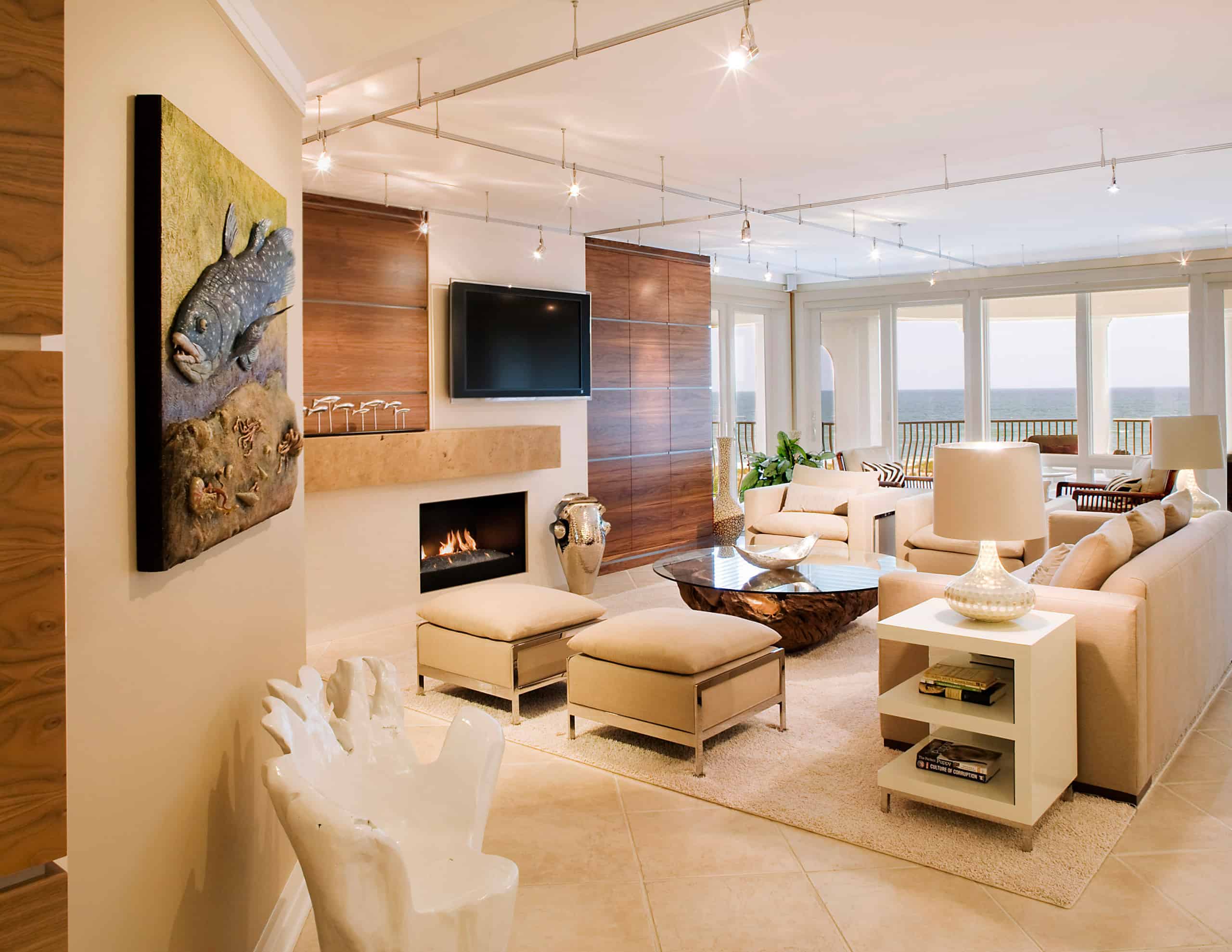
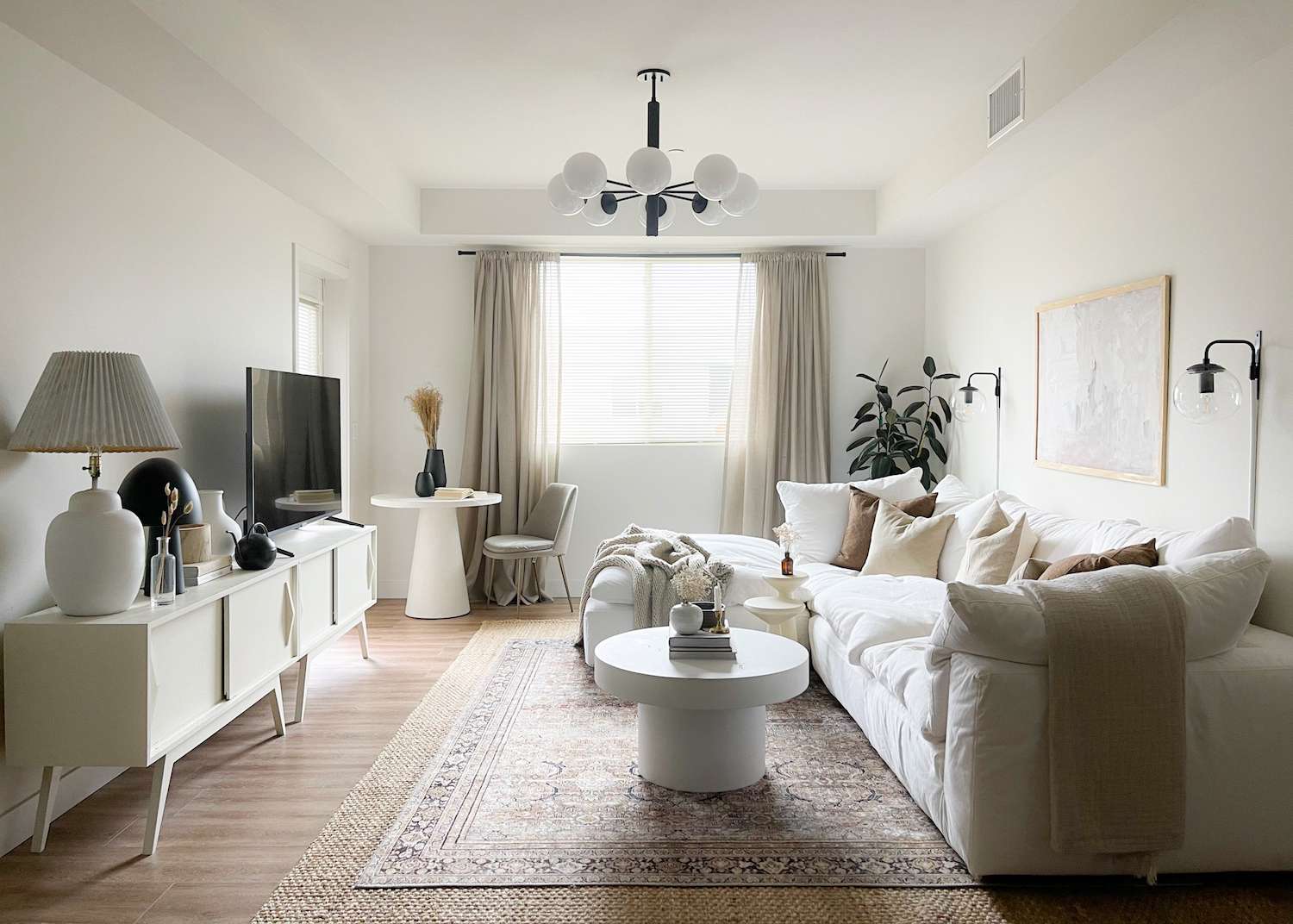
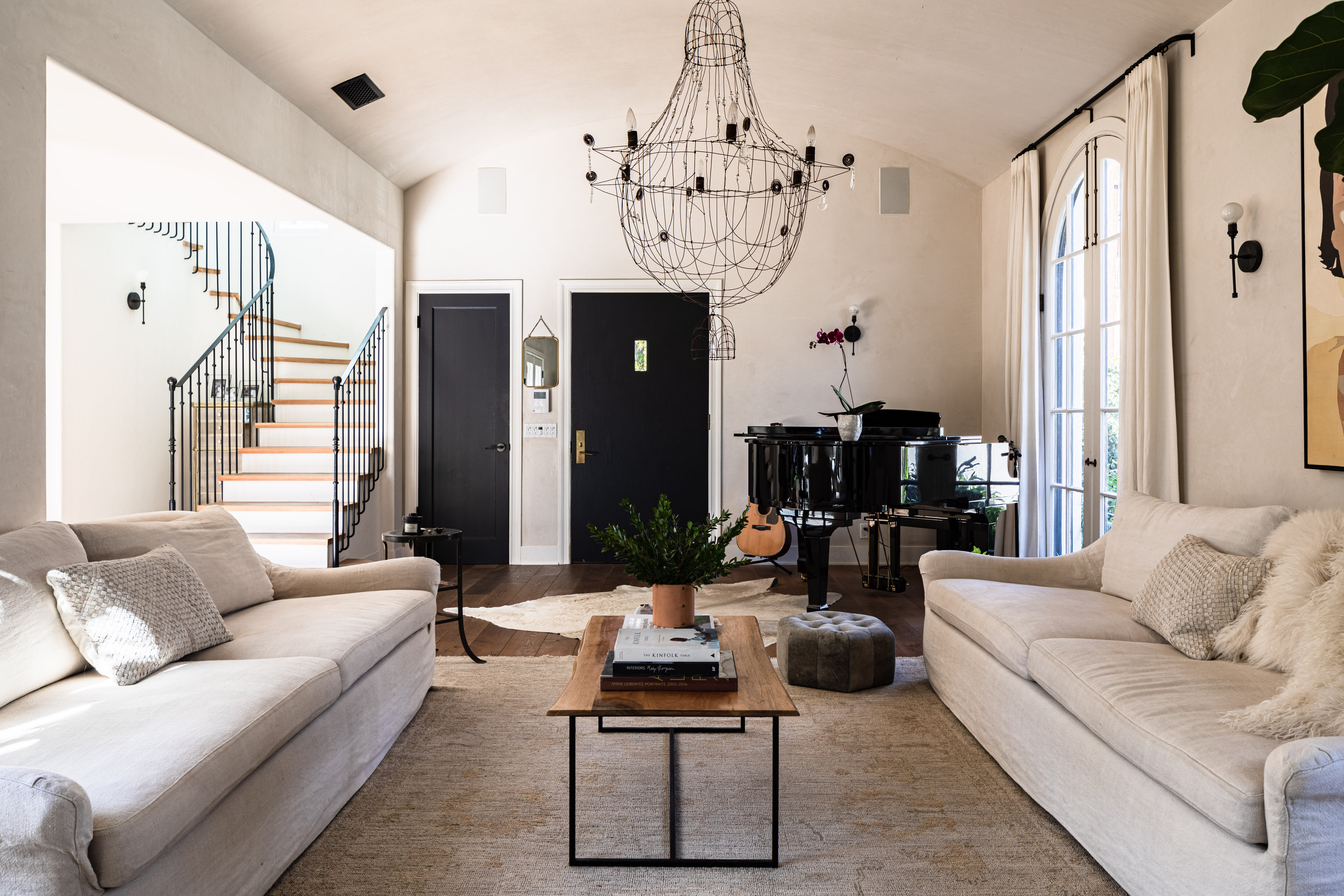
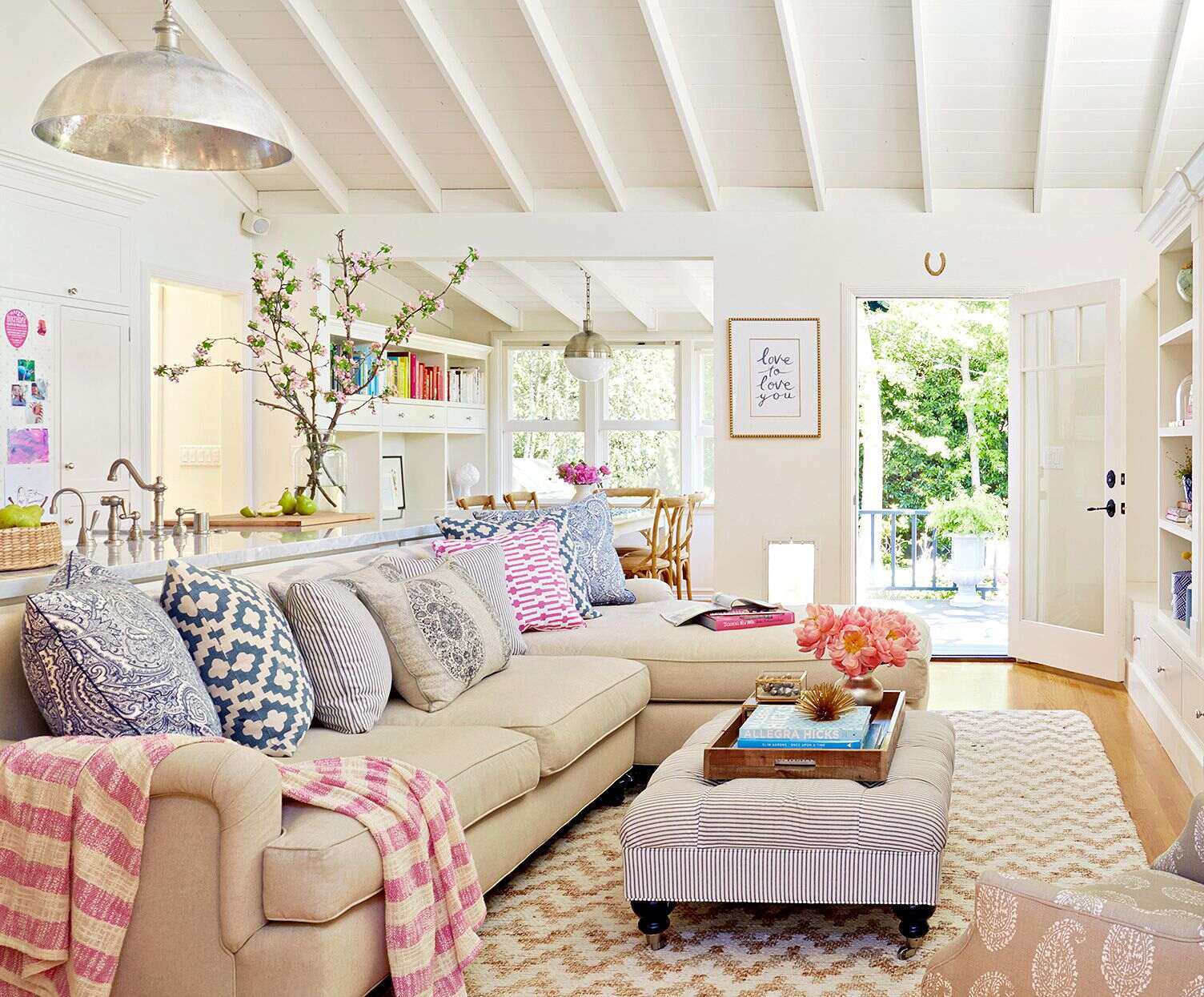
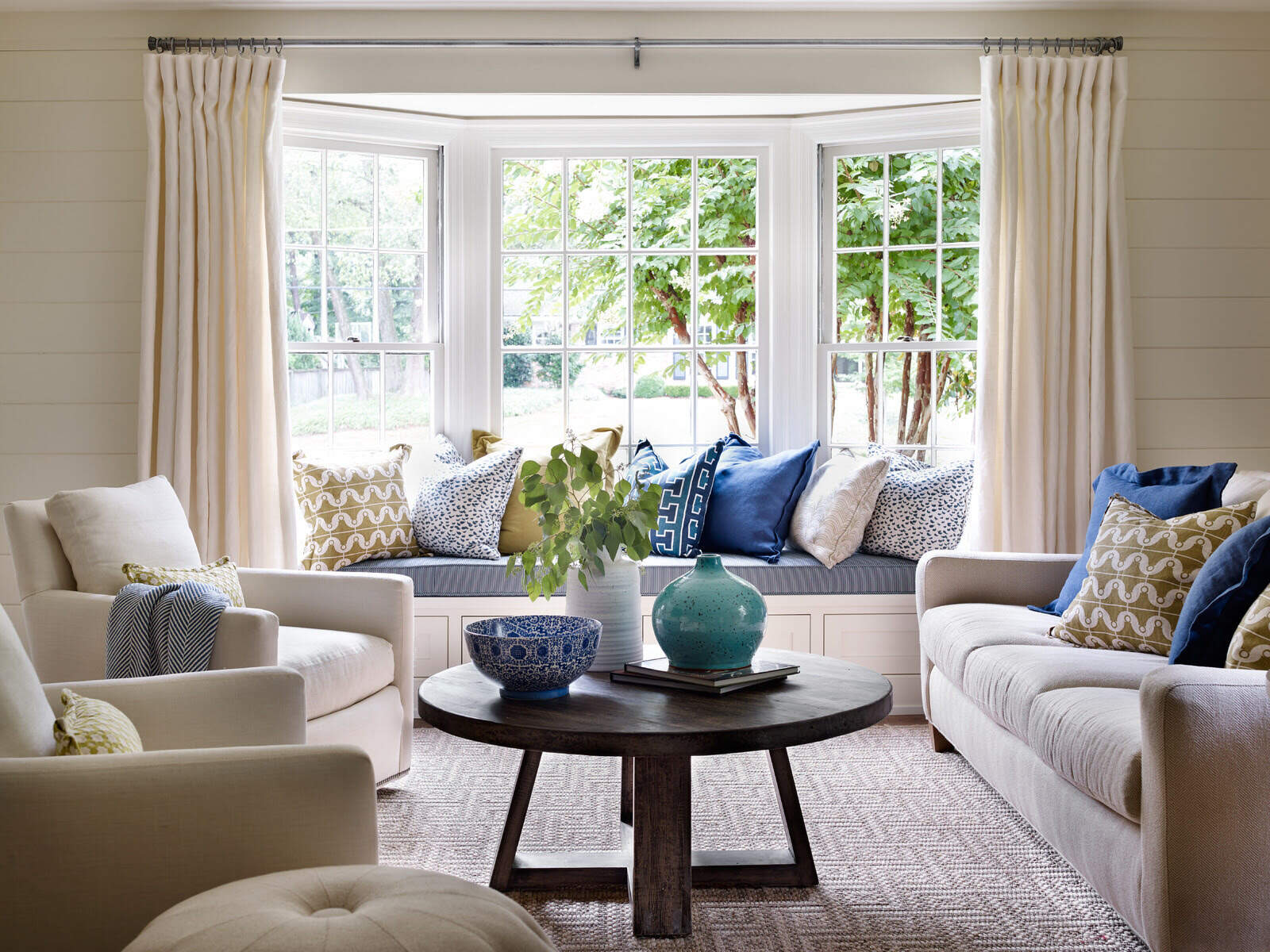
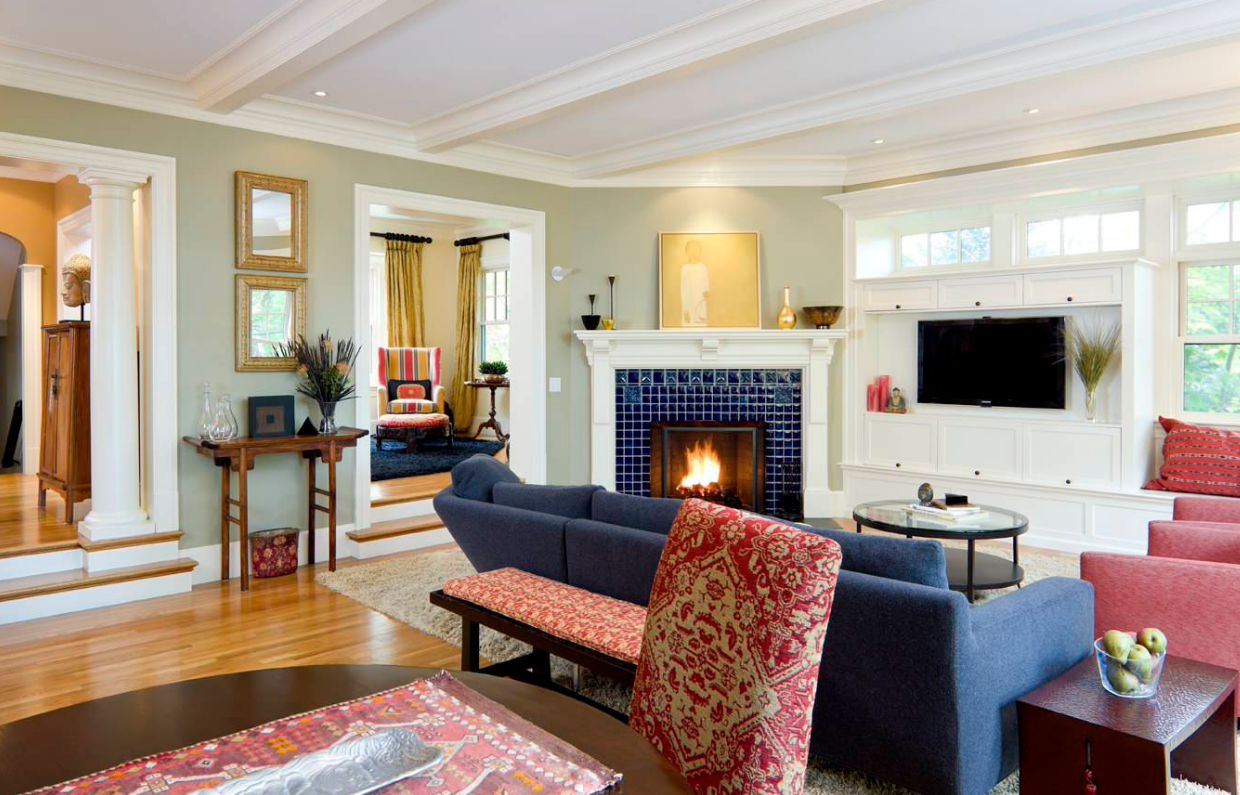
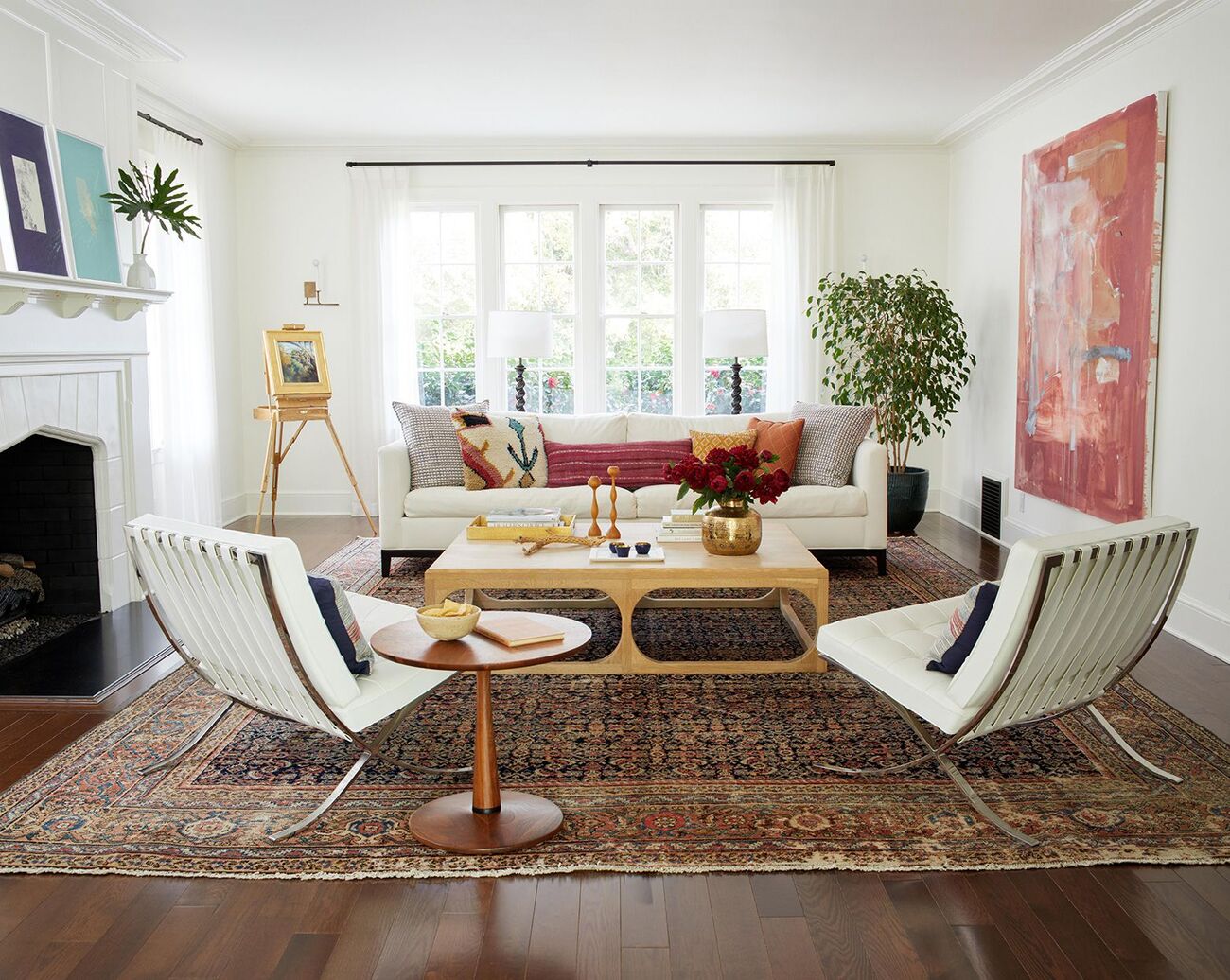
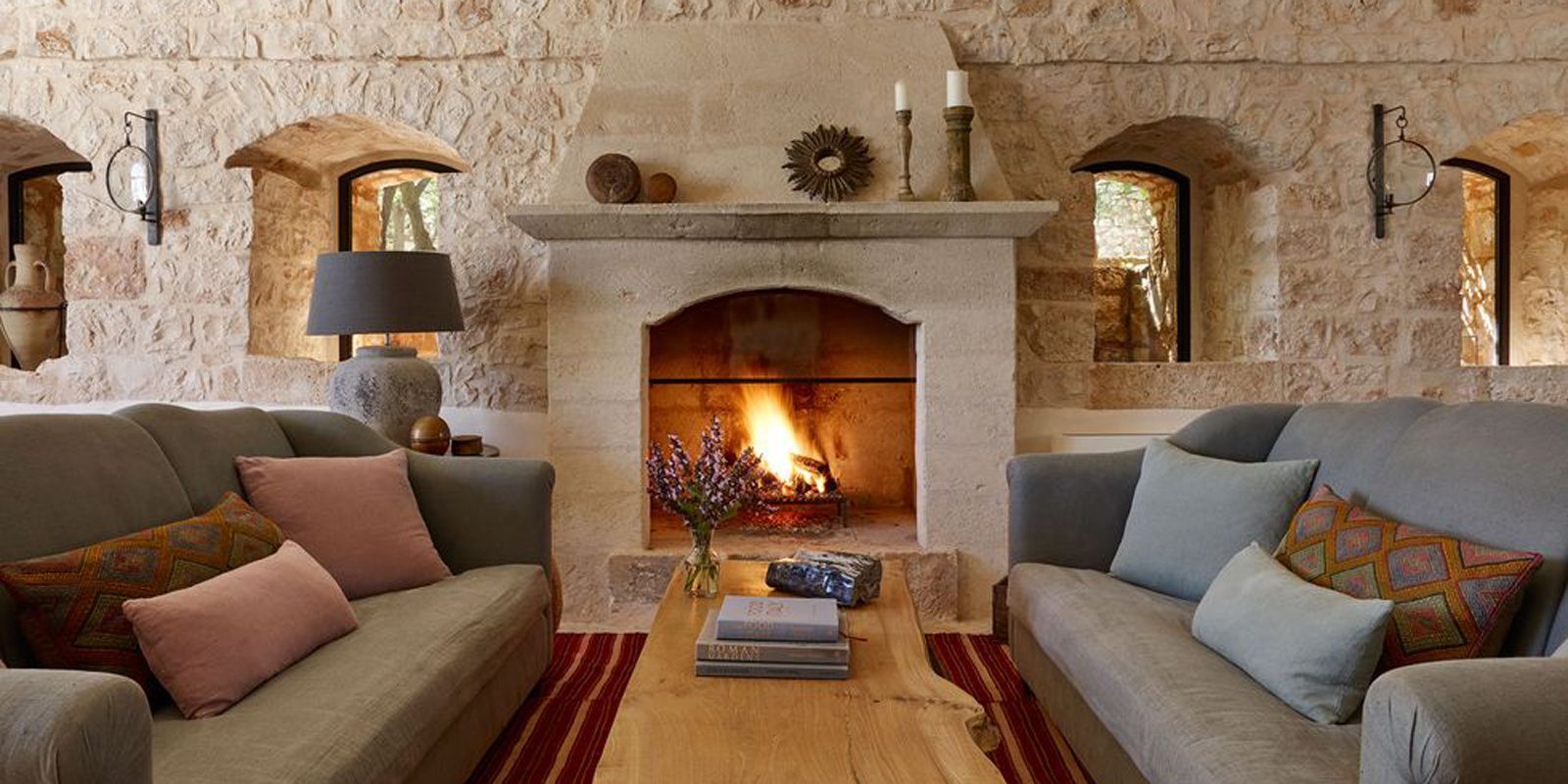
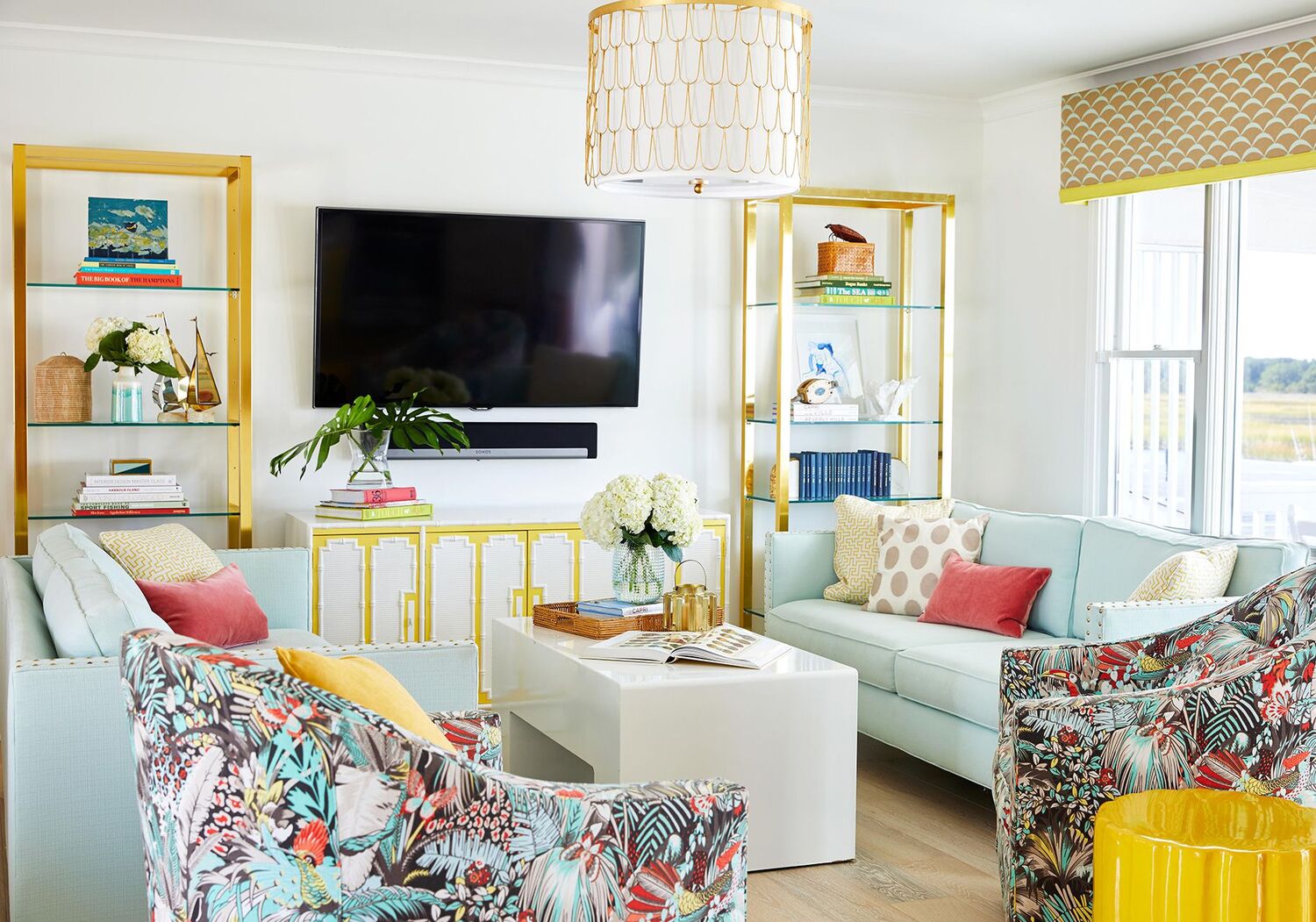
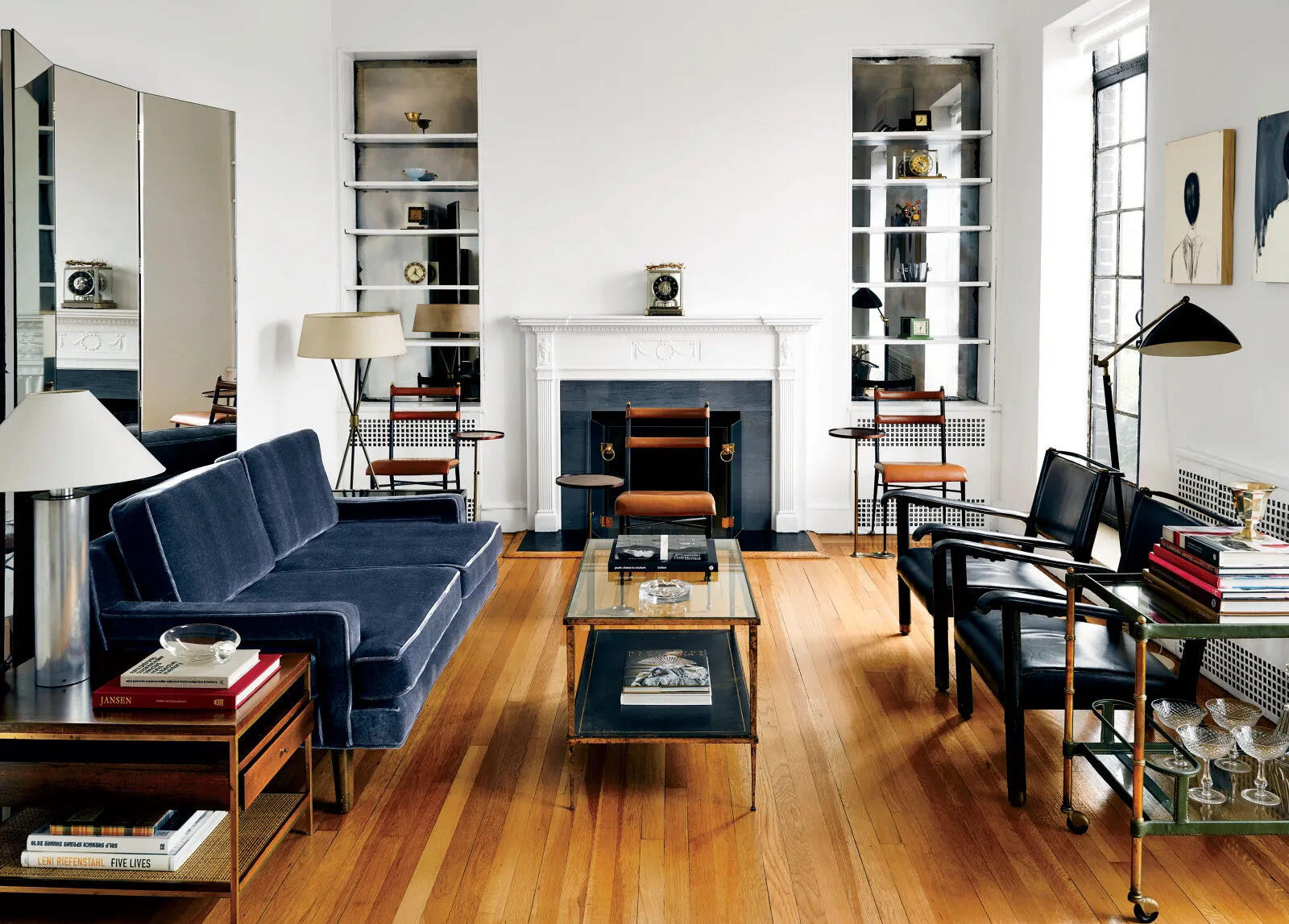
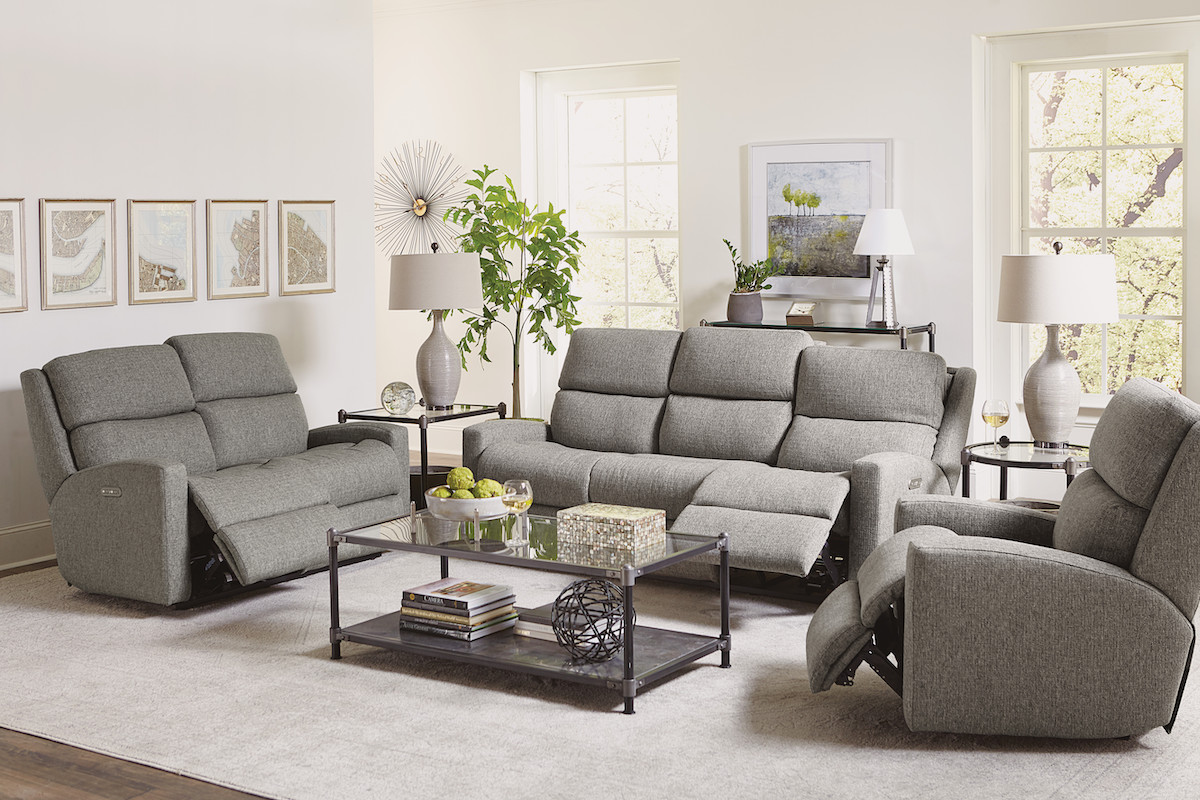
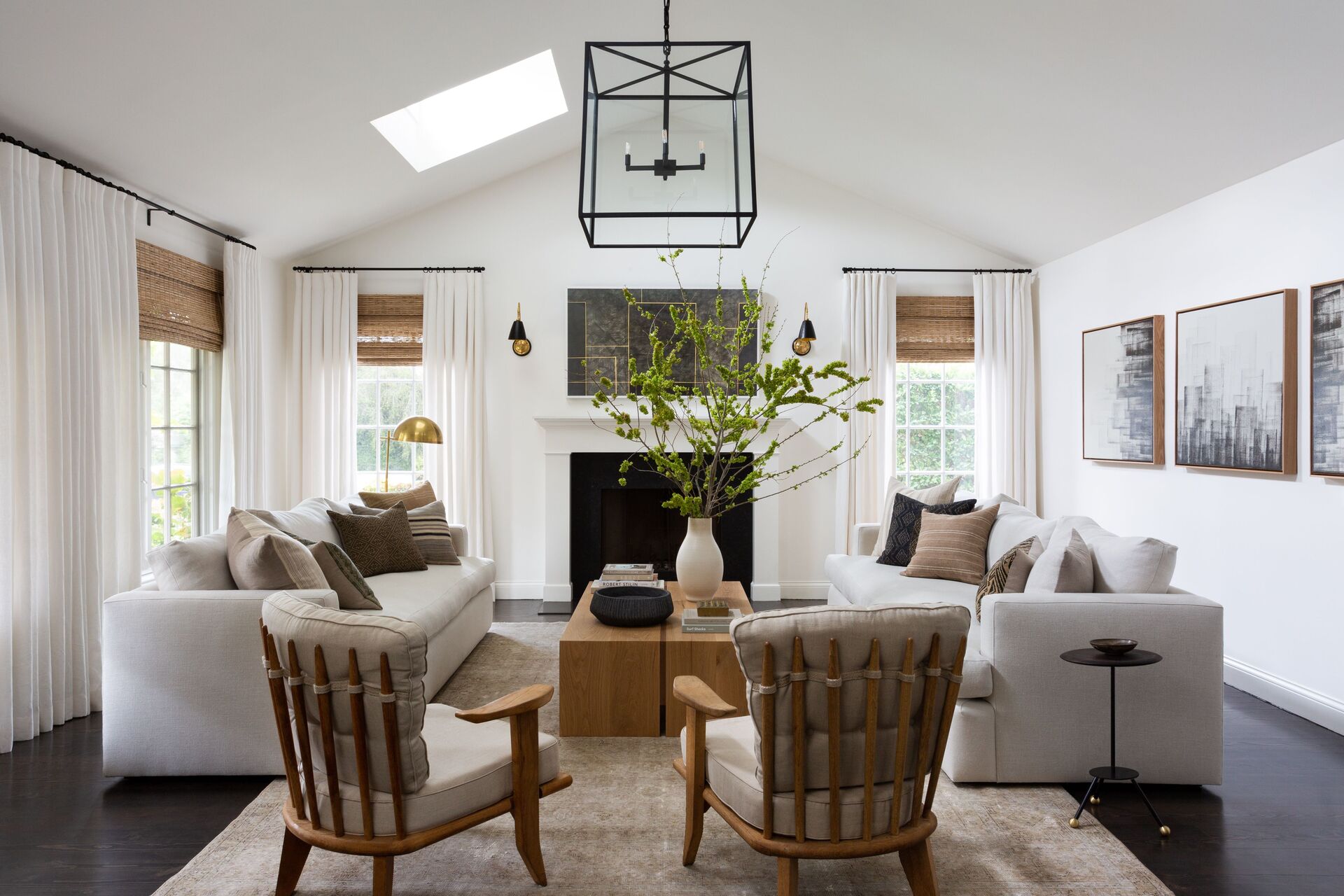
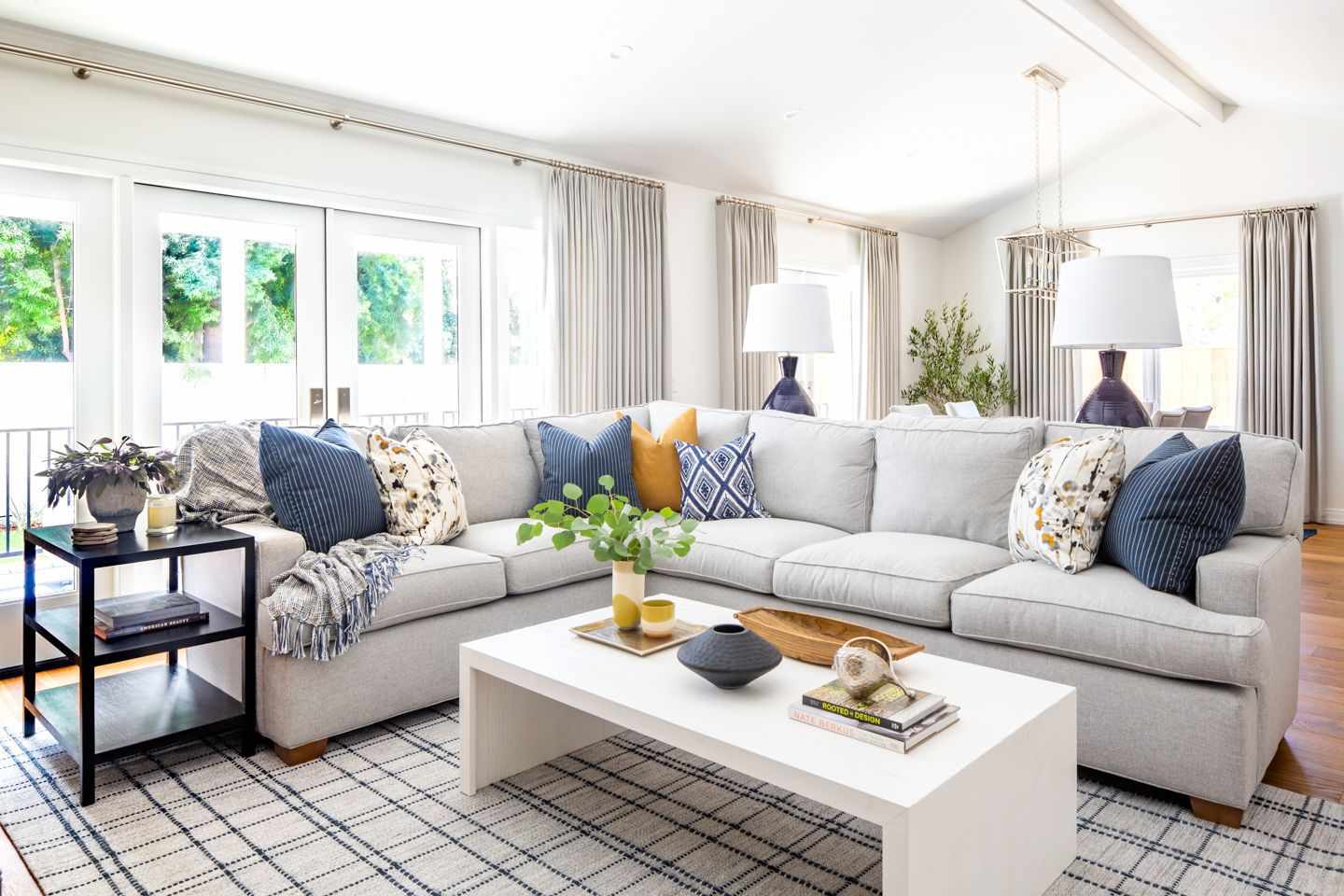

0 thoughts on “How To Arrange Furniture In Living Room With Fireplace”